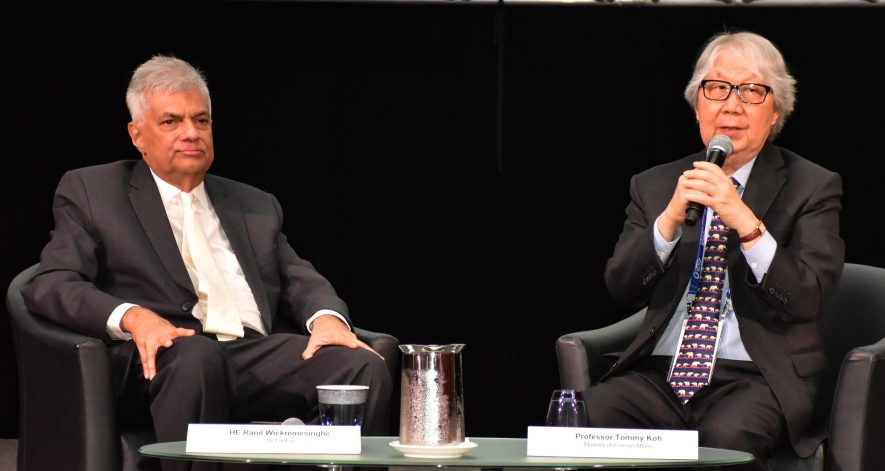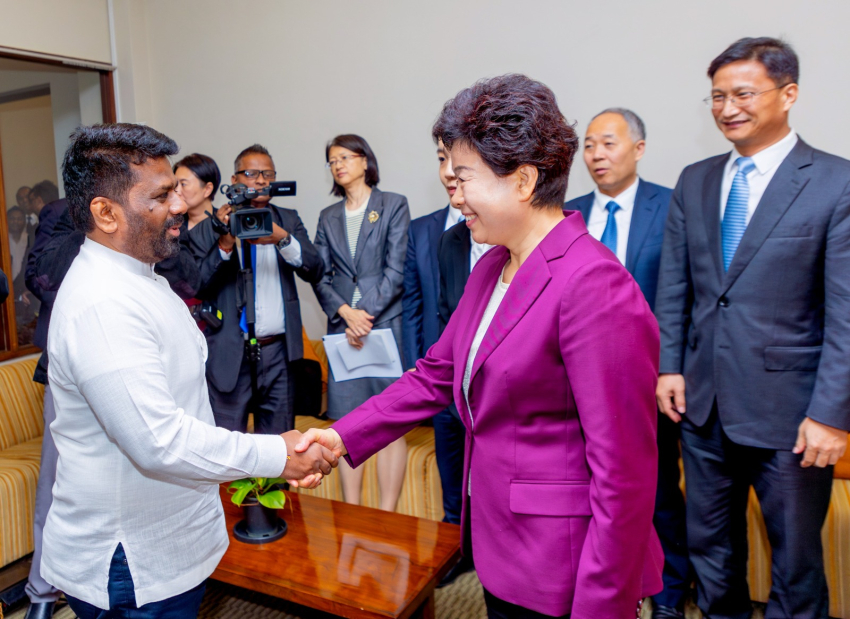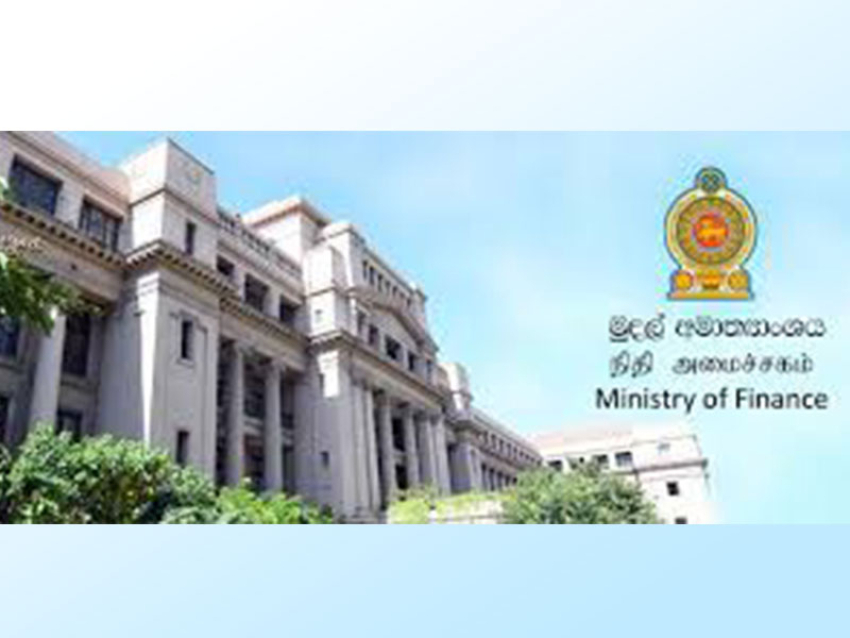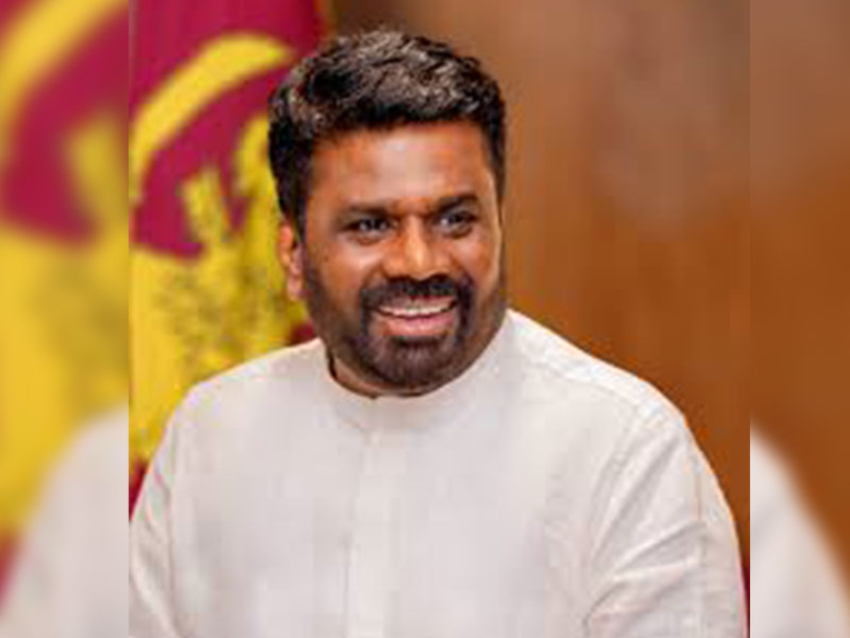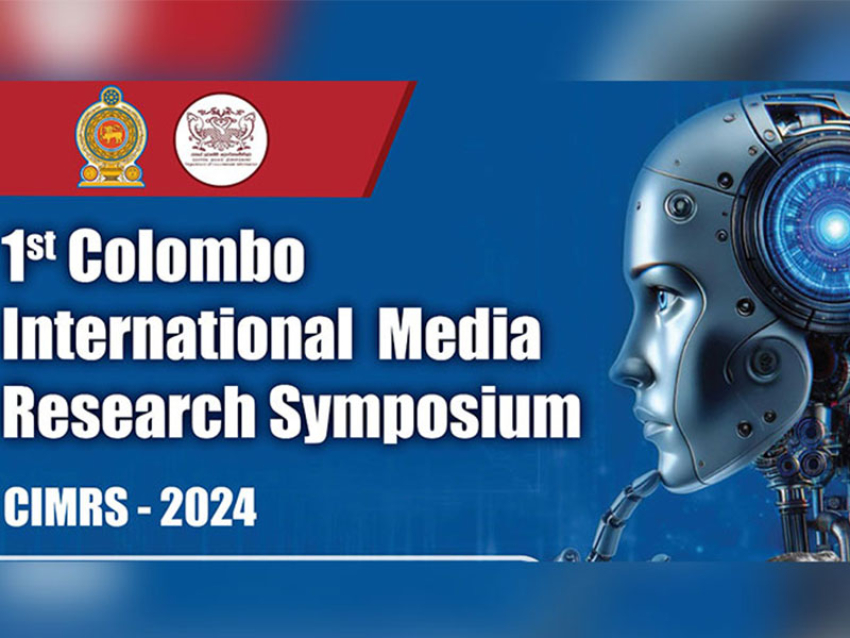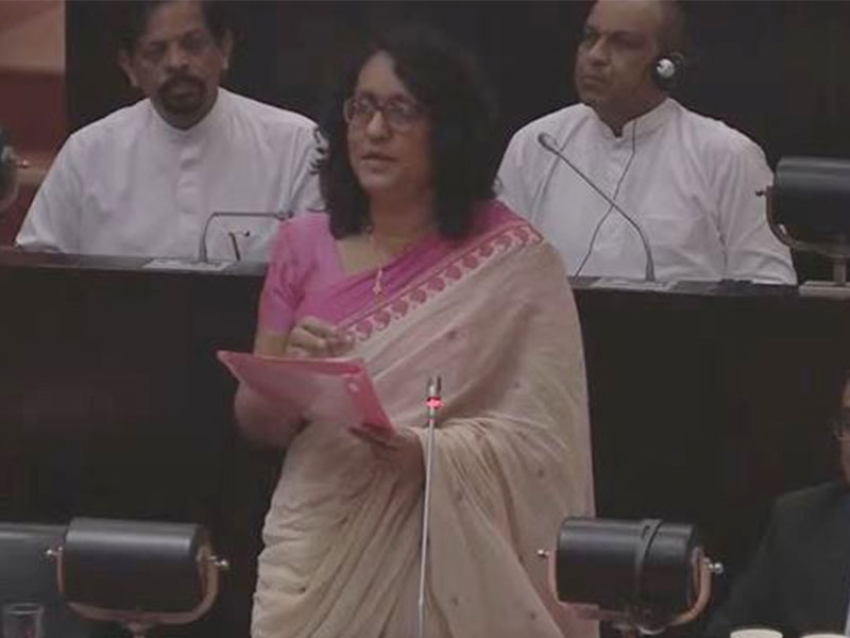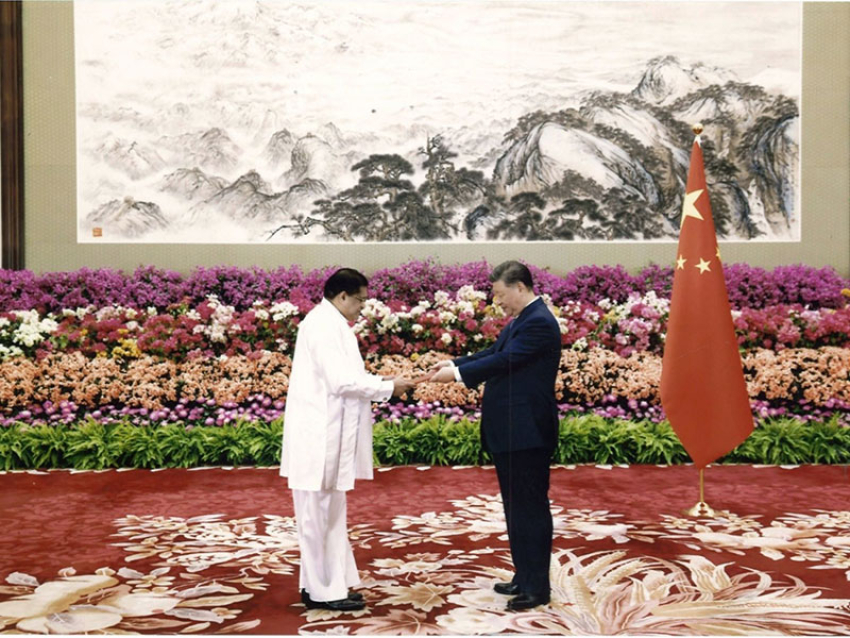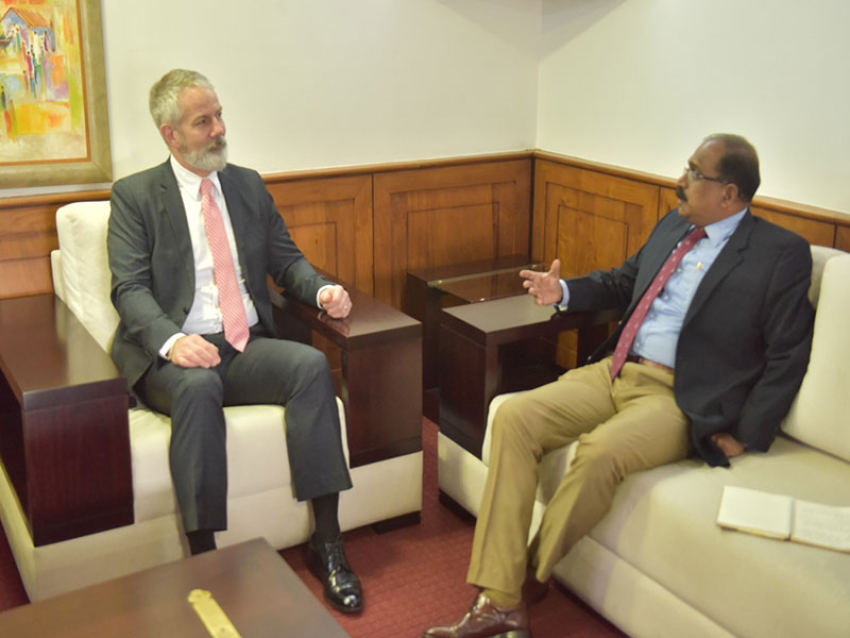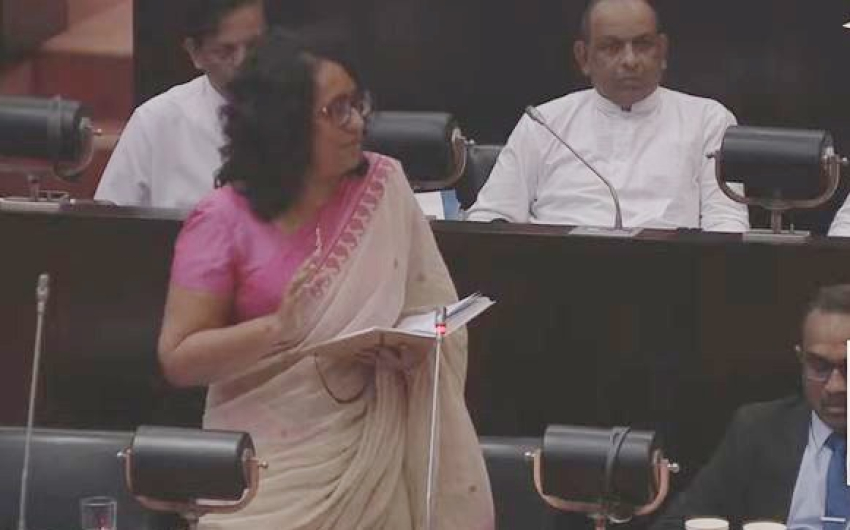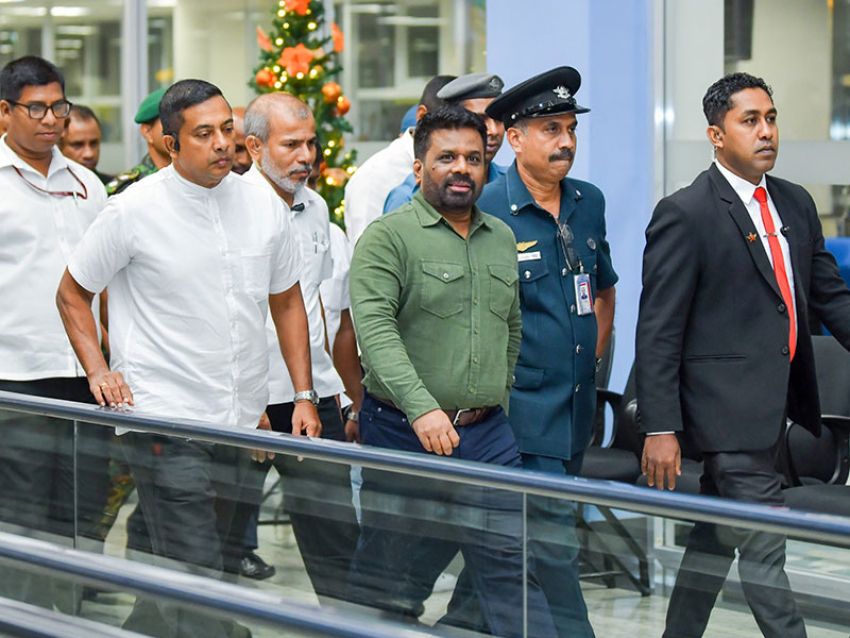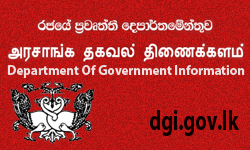1. I am grateful to the Government of Singapore and the sponsoring agencies, the Centre for Livable Cities, the National Water Agency, the Ministry of Environment, and the National Environmental Agency, for inviting our delegation to the 6th World Cities Summit, CleanEnviro Summit and International Water Week.
2. Attending this Conference brings to mind the Singapore of 1965, which I have seen through photographs and newsreels. It was just another Asian city: impressive colonial buildings stood alongside squalid urban slums filled by the poor and unemployed. 50 years later, Singapore offers the best quality of life of all Asian cities, according to Mercer’s 2018 Quality of Life Survey. Of course, Singapore did not reach this status autonomously: the late Prime Minister Lee Kwan Yew envisioned and executed its transformation into a smart, secure and livable city – a standard of distinction being that a woman can walk alone, safely, without being violated anytime of day or night. As Asia’s best example of a well-managed metropolitan environment, Singapore shows us a path to successfully build large yet livable cities given this is a tangible challenge of our times. Providing leadership to this bi-annual Conference is testimony to your achievements.
3. I use the term “Anthropocene” to describe the times we live in because it is an era indelibly shaped by human activity. One such incredibly influential activity has been our large-scale migration from the countryside to the city; thus the “Anthropocene” is fundamentally marked by urbanization. Data from the World Bank shows that in 2017, 54.7% of the world’s population – that is 4.1 billion people – lived in urban areas.
4. This has happened because around the world, urbanization has been a transformative trend that has propelled economic growth. By bringing people and enterprises together, large cities have become centres of industrialisation and modernisation. They have reaped the benefits of economies of agglomeration. When firms and workers cluster together there is improved productivity and job creation. Mega-cities have gone one step further: they have become highly productive centres which connect workers and businesses with global markets. Cities, therefore, have become hubs of wealth creation, attracting waves of people with opportunities for advancement not available in their villages.
5. Of course, the allure of urban life also resulted in the unexpectedly rapid, and therefore unplanned, expansion of cities in South and South East Asia. This, in turn, created challenges of congestion: immense population pressures on infrastructure, basic services, land, housing, and the environment. Apart from constraining the benefits of agglomeration, these pressures also reduce the quality of life of a city’s residents. It leaves them unable to access sanitation, sewage, transport, and decent housing. It condemns them to breathing polluted air and to drinking contaminated water. It leaves their homes and lives vulnerable to the ravages of climate change and natural disasters. And compels them to create subcultures in a city’s underbelly – as ghettos, gangs, drug traffickers, transient communities etc..
6. These opportunities and challenges are magnified in Asia multi-city agglomerations. The Beijing- Tianjin- Qinhuangdao corridor has a population of over 100 million. I can see a future where a sprawl of mega urban centres stretches from Beijing to Bangkok to Jakarta to Mumbai. Although cities across Asia are growing apace, only three (Singapore, Tokyo, and Kobe) are in the top 50 of the Mercer Quality of Life index. Colombo was the highest ranked South Asian city, but still only stood at 137 out of 231 cities. At least 15 Asian cities are in the bottom 50 of this ranking. Our challenge, as leaders, is to make these Asian cities livable for the present and the future. The sustainable development of our globe depends on whether we succeed or fail.
7. Asian urban centers are taking the lead in integrating their national economies with global value and supply chains. Metropolitan regions with mega infrastructure is the key to transnational connectivity that enables global economic integration.
8. Sri Lanka’s long-term objective envisages exploiting our strategic location in the Indian Ocean to ensure our economic development in a region which will be pivotal for global economic growth. By 2050 the population in the littoral states of Bay of Bengal – that is in the East Indian Ocean alone will be 2.9 Billion.
9. The key thrust of the Sri Lanka initiative will be the Western Megapolis and the two connecting corridor which will cover 9 million people. The mega infrastructure includes the development of the ports of Colombo and Hambantota in the South. The new landfill adjacent to the Colombo Port is planned as an offshore Financial Centre. Four Special Economic Zones will provide the infrastructure for industry.
10. We envision the Western Province of Sri Lanka, which includes Colombo and the capital Sri Jayewardenepura as a Megapolis of interconnected metropolitan areas. This would include a light railway system with elevated railways, elevated highways, a multi-modal transport hub, the development of old waterways, and 3 LNG plants. It will encompass a Logistics City, a Forest City, and an Aero City. We will aim for maximum livability by implementing sewerage and solid waste projects, an Eco Zone, and Riverine Buffer Zone Development. Plans for the megapolis were prepared by Surbana Jurong and the Ministry of Megapolis are in the initial stages of implementation.
10. We will also develop two Urban Corridors; one along the 134 km-long Central Expressway leading to Kandy, and the other along the 241 km-long Southern Highway via Galle, leading to the newly built Hambantota port and Mattala airport. The Southern corridor will include 3 large eco friendly Tourist Resorts of over 500 acres each in addition to a fully restored Galle Heritage Fort. Surbana Jurong is also planning the development of Hambantota.
11. Cities and mega-cities are characterized by wealth creation led by private investment, but this economic process often excludes the interests and viewpoints of marginalized groups such as women, the elderly, children, youth, the disabled and the poor. Therefore to ensure inclusiveness, we have designed our housing policies based on three prongs: redevelopment, relocation, and consolidation. The first prong refers to converting potentially valuable under-used urban land assets into better housing, commercial and service spaces, with community involvement in planning. The second prong is about relocating communities living on hazard-prone land or lands required for essential infrastructure development. The final prong is to legally and socially recognise settlements in Colombo that have been upgraded with secure tenure, services and habitable housing, but are still stigmatized as "under-served settlements”.
12. We must recognise that our cities cannot stand in isolation: they depend on their hinterland for the provision of the ecosystem services. In Sri Lanka water has become the most critical of these eco-system services. The challenge for the ancient Kingdoms was to manage the vast volumes of water made available by the Monsoons. The rainwater was conserved in artificial ponds and man-made reservoirs for drinking and irrigation, which remain serviceable to this day. In recent years, possibly due to global climate change, while Sri Lanka’s annual precipitation is falling, the frequency of extreme events is increasing. This is further aggravated by the rising population and industrialization of the southwest. The result has been disastrous. Lives, livelihoods, and property have been lost with disturbing regularity through floods and landslides. Water today is a foe. In fact, the 2004 tsunami made the sea our enemy as well. These are all perceptions based on some very valid fears, so how can we overcome them?
13. With respect to water management, Singapore is truly leading the field. Singapore has tried to maximize aquifer retention within its own territory from its first national development plan, but wisely also struck an agreement with neighbouring Johor State in southern Malaysia for water supply. Singapore is also a benchmark in desalination and potable quality recycling of wastewater. This enlightened and frugal attitude is epitomized by NEWater, the reclaimed water produced by Singapore’s Public Utilities Board. We can all learn a great deal from Singapore in their wise management of this critical input for livability and development.
14. Thus, the task of building livable and sustainable cities require integrating with global supply chains, social inclusivity, and access to new and old ecosystem services.
There are already examples we can learn from. Let me use the Sino-Singapore Tianjin Eco-City as an example. Here it assimilated Singaporean and Chinese industry – thereby it integrates with global supply chains. It subsidises public housing and tries to eliminate barriers for the elderly and the disabled thereby it seeks to be social inclusive. Finally, it invests in integrated wastewater treatment, and non-traditional water sources like desalination thereby it pushes sustainable ecosystem services. Global leaders must take note of the successes and failures of cities such as this.
15. For Sri Lanka or any other country to deal with these challenges, we need to politically and financially revitalize and empower local governments. The biggest issue in the management of mega-cities is that they involve many levels of Government and Local Authorities. Political power in many of our countries were distributed between the Central Government, the Provinces and the Local Authorities in the last century when concepts such as mega-cities and global connectivity had not even been thought of. Given that we will now have to exercise these powers for completely different objectives in a completely different environment, it is inevitable then that we must reconsider the structure of our local governments.
16. As we continue to face these traditional challenges, we must also be aware of the new developments in urbanization, which will characterize the Anthropocene in the 21st Century. One characteristic of high-density living is the opportunity for a wide variety of people-to-people interactions. However, in recent times, human communication has been completely overshadowed by a new phenomenon. Driven by sophistication in electronic sensors for information capture, new generation high-speed internet for rapid information transmission or receipt, and artificial intelligence for making judgments based on the analysis of massive volumes of data, “things” are now communicating, both with each other and with humans. Around 35 billion “things” are connected to the Internet today. Cisco Systems estimates that this will rise to 50 billion by 2020, far exceeding the number of humans connected to the internet, estimated at around 4 billion persons using 25 billion apps.
17. This can have an immense impact on the way we live in and govern cities. Consider something seemingly simple, like “smart” streetlights. A 2015 study by the Northeast Group estimated that cities around the world would invest $64 billion in LED and “smart” streetlights by 2025, along with sensors, communications, and analytics software that would make their street lighting infrastructure “smarter”.
18. I will conclude my speech with a question for this conference: How can this phenomenon of hyper-connectivity based on artificial intelligence and the “Internet of Things” be mobilized to maximize human safety and well-being to develop smart, secure livable and sustainable cities?

